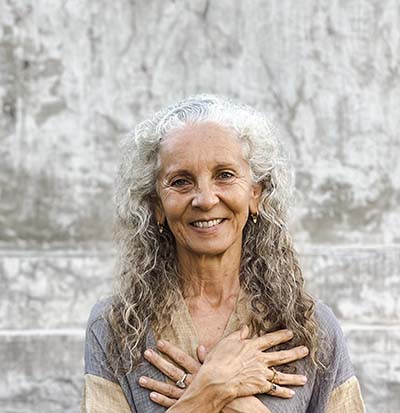Ayurvedic adzuki bean hummus

How do we practice asteya in the kitchen?
Sometimes, perhaps oftentimes, the gratification of the moment takes precedent over well-being in the long-term. We’ve all had moments when we have done something that we know won’t make us feel good later. Many people have this relationship with food. Ice cream is good now. Bad later. I know this, but I’m going to do it anyway.
Consider the idea that this behavior is stealing from yourself. You’re stealing your future well-being.
You’re refusing to honor future you, and you’re resigning yourself to a low standard of health.
Sometimes we do things that make us feel bad but we refuse to make the connection between cause and effect. This is commonly the case with onion and garlic. These foods are rajasic, meaning they create an overly active mind. They’re also irritants. Their potent pungency increases acidity and heat in the digestive tract, which has an inflammatory effect. Many people don’t realize this, and cook most meals with these foods because they believe they’re necessary for flavor or, in the case of garlic, that there are health benefits. Garlic has some antibacterial properties, but is best used occasionally if digestion is strong and pitta is balanced.
Garlic and onion are now commonly used in many types of cuisine, but this actually wasn’t the case 40+ years ago. They are taken to be traditional ingredients, but what we are really looking at is more of a long-standing food trend. Remember, things are always changing, and what is is not what must be.
It’s not necessary to use garlic and onion to create a satisfying meal. There are a range of magnificent spices available to play with. But if you’ve been eating garlic and onion over a long period of time, your taste buds are likely numb to more subtle flavors. It can take a little while for your taste buds to adjust, but stick with it because you’re opening yourself up to a greater range of tastes and experiences.
Cooking medicinally is about moderation, and this certainly applies to the use of spices, which will enhance the taste of food and support the digestive process when integrated in a modest manner. They’re especially useful when combined with legumes, which present more of a challenge to agni – our digestive fire.
Here’s a delightful recipe for Ayurvedic hummus. This one uses adzuki beans which are small, red beans originally from China. Because of their astringent taste and pungent post-digestive effect, the beans are nice to consume during the spring – Kapha season. They are also cooling and should be complemented by spices to support digestion.
Ayurvedic hummus
Serves 4
Preparation time: 35 minutes (plus 6-8 hours soaking time)
Extractive
Ingredients
1 cup dry adzuki beans (soaked in plenty of water overnight)
2 Tbsp. ghee or sesame oil
½ tsp. mineral salt
1 tsp. fresh ginger, chopped
½ tsp. Fenugreek seed
2 tsp. cumin powder
1 tsp. coriander powder
1 Tbsp. tahini
2 Tbsp. chopped mint
Squeeze of lime or lemon
Additional water as desired
Method
Start with dried beans. It’s better. It’s the way to maximize your intake of prana from the food, and prana is the essence of food as medicine.
Leave the canned beans on the grocery store shelves and head to the bulk section. Scoop up some beans – this recipe calls for adzukis, but hummus can be made from most any legume. Another Hale Pule favorite is whole mung hummus. Play around with different legumes and see what you like best!
Now you’ve got your beans, you’ll need to soak them overnight, or for 6-8 hours while you’re at work.
Fast forward. Hummus time.
Now, drain the soak water from the adzuki beans.
Warm the ghee in the pressure cooker, then add salt, ginger and fenugreek seed. Simmer until the aroma comes up to meet you. Next add the cumin and coriander and simmer for 1 to 2 more minutes. Add the adzuki beans and stir to coat.
If you’re using a pressure cooker or an instapot (which we highly recommend), then you’ll add just enough water to cover the beans, and then cook at pressure for 24 minutes. Allow it to come off pressure naturally.
If you’re cooking the beans the old fashioned way, then you’ll need about 2-3 cups of water, and the cooking time will be 45 – 70 minutes.
Be sure to turn the lid away from you when you open it.
Allow the beans to cool, then add tahini, lemon and mint and blend to your desired consistency with any water that is left from the cooking process. For a thinner hummus, add a little more water. Enjoy with a chapati, rice, carrots and kale.
Visit our Ayurveda Lifestyle page for kitchen essentials
more inspiration
























